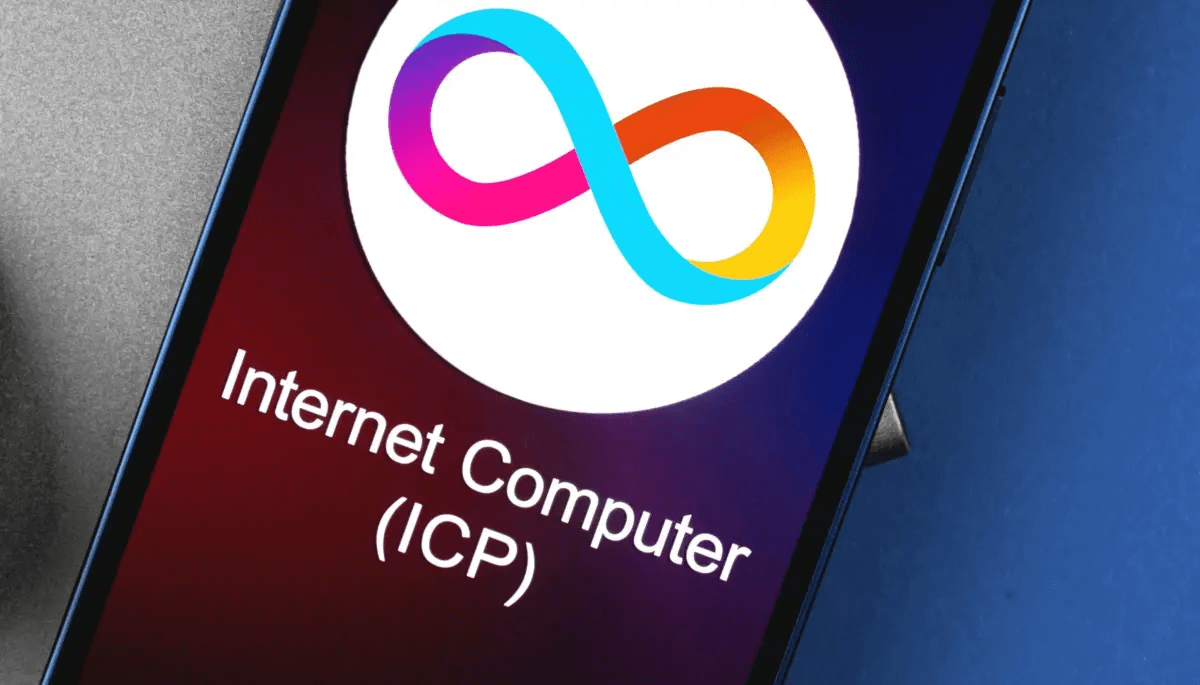Internet Computer Pitches a New Standard for Cross-Chain Security
23.05.2025 14:00 1 min. read Alexander Stefanov
Internet Computer Protocol (ICP) has seen renewed investor interest, rising 6.7% in the past day and over 19% this month.
But it’s not just the price action catching attention—ICP’s unique approach to bridging digital assets is positioning it as a safer alternative in a landscape plagued by cross-chain exploits.
Rather than relying on centralized or third-party bridges, ICP has developed its own system that allows native integration of assets like Bitcoin, Ethereum, USDT, and USDC into its network. These wrapped tokens—ckBTC, ckETH, ckUSDT, and ckUSDC—are pegged 1:1 to their originals but function entirely within ICP, avoiding the need for vulnerable external protocols.
At the heart of this system is Chain-Key cryptography, which locks the original asset on its native chain and mints an equivalent token within ICP. This eliminates the central points of failure that have cost users billions through bridge hacks since 2021.
Beyond security, ICP also delivers speed and cost-efficiency. Transactions take under a second and cost a fraction of a cent, making the protocol ideal for real-time DeFi apps, gaming, and microtransactions—areas where traditional chains often struggle due to high fees and latency.
As developers continue to search for better multi-chain solutions, ICP’s secure, low-cost, and fast bridging model could offer a compelling path forward for scalable blockchain interoperability.
-
1
Ripple Powers UAE’s First Tokenized Real Estate Project via XRPL
16.07.2025 21:00 2 min. read -
2
Cardano and Ethereum Lead in Developer Activity as GitHub Commits Surge
14.07.2025 12:00 1 min. read -
3
German State-Owned Development Bank Issues €100 Million Blockchain Bond
11.07.2025 7:00 2 min. read -
4
Tether Ends Support for Five Blockchains in Infrastructure Shift
12.07.2025 11:30 2 min. read -
5
BNB Chain Upgrades and Token Delistings Reshape Binance Ecosystem
16.07.2025 22:00 2 min. read
Wall Street Moves Onchain: Tokenized Finance Enters its Breakout Era
The tokenization of real-world assets (RWAs) has entered a new phase in 2025—no longer a concept, but a confirmed trajectory.
Vietnam Launches National Blockchain to Digitize Government and Citizen Services
Vietnam has officially launched NDAChain, a national blockchain infrastructure designed to underpin its digital transformation strategy.
Solana Plans 66% Block Upgrade to Boost Network Capacity
Solana developers have introduced a new proposal aimed at pushing the network’s performance even further.
Chainlink Partners With Westpac and Imperium to Tokenize Finance in Australia
Chainlink has announced a major institutional partnership with Westpac Institutional Bank and Imperium Markets as part of Project Acacia—a joint initiative involving the Reserve Bank of Australia and the Digital Finance Cooperative Research Centre (DFCRC).
-
1
Ripple Powers UAE’s First Tokenized Real Estate Project via XRPL
16.07.2025 21:00 2 min. read -
2
Cardano and Ethereum Lead in Developer Activity as GitHub Commits Surge
14.07.2025 12:00 1 min. read -
3
German State-Owned Development Bank Issues €100 Million Blockchain Bond
11.07.2025 7:00 2 min. read -
4
Tether Ends Support for Five Blockchains in Infrastructure Shift
12.07.2025 11:30 2 min. read -
5
BNB Chain Upgrades and Token Delistings Reshape Binance Ecosystem
16.07.2025 22:00 2 min. read


